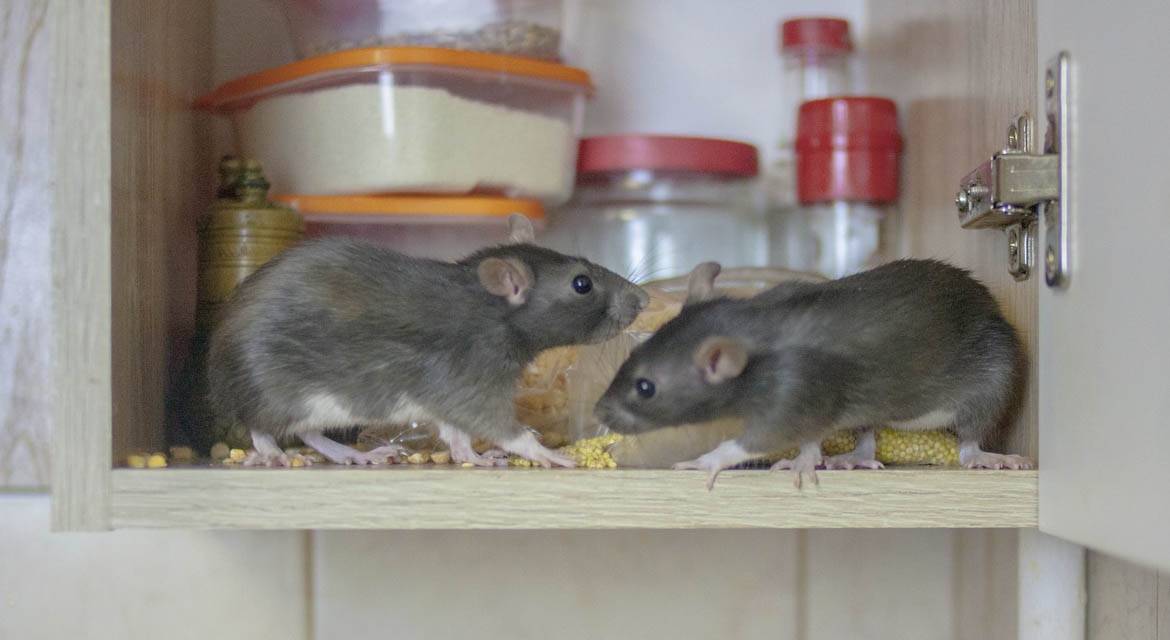Mouse Facts & Information
Overview of Mice
Mice, small rodents belonging to the family Muridae, are common creatures with a significant presence in diverse ecosystems across the globe. Characterized by their pointed snouts, rounded ears, and long, scaly tails, these adaptable mammals have thrived in a wide range of habitats, from bustling urban environments to remote rural landscapes. Mice are known for their remarkable reproductive capabilities, often producing large litters of offspring multiple times a year, which has contributed to their prolific population numbers. While many species of mice are considered pests due to their tendency to consume and damage crops, they also play crucial roles in ecosystems as both prey and seed dispersers. These resilient creatures have been the subject of scientific research for decades, providing valuable insights into genetics, behavior, and physiology, and serving as important models for understanding human biology and disease.
What do Mice Look Like?
Mice are small rodents with distinctive physical features. They typically have slender, cylindrical bodies that range in size from about 2 to 4 inches (5 to 10 centimeters) in length, excluding their tails. Their fur can vary in color, often being shades of brown, gray, or white, depending on the species and habitat. Mice have large, round eyes, and their ears are usually rounded and prominent on their heads. One of their most defining features is their long, scaly tail, which can be as long as their bodies or even longer. This tail serves various functions, including balance and communication. Mice possess sharp, pointed snouts, which they use for sniffing out food and navigating their surroundings. Overall, their appearance is adapted for agility and adaptability, allowing them to thrive in a variety of environments.

Not the pest you are looking for?
Check out our pest library to see what other pests we have articles on
Mice Pest Control
Mice pest control is a crucial aspect of maintaining a healthy and hygienic living or working environment. Mice are notorious for their ability to breed rapidly and cause damage to property, contaminate food, and transmit diseases through their droppings and urine. To combat mouse infestations, various methods and strategies are employed. These may include the use of traps, both snap traps and humane live traps, to physically capture and remove the rodents. Additionally, poison baits can be strategically placed to eliminate mice, although they should be used with caution due to the potential risks to pets and non-target wildlife. Sealing entry points and minimizing food sources are preventive measures to deter mice from entering buildings in the first place. Pest control professionals often employ their expertise to assess infestations, develop tailored strategies, and ensure the safe and effective removal of mice from homes, businesses, and agricultural settings. Regular inspections and vigilance are key components of successful mouse pest control, as early detection and intervention can prevent larger, more damaging infestations.

